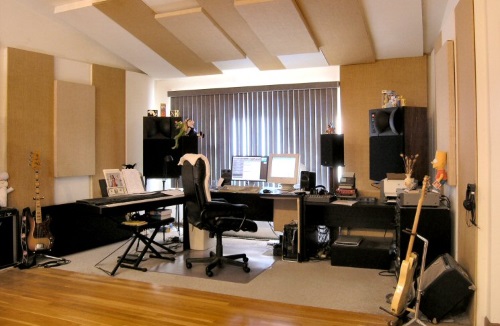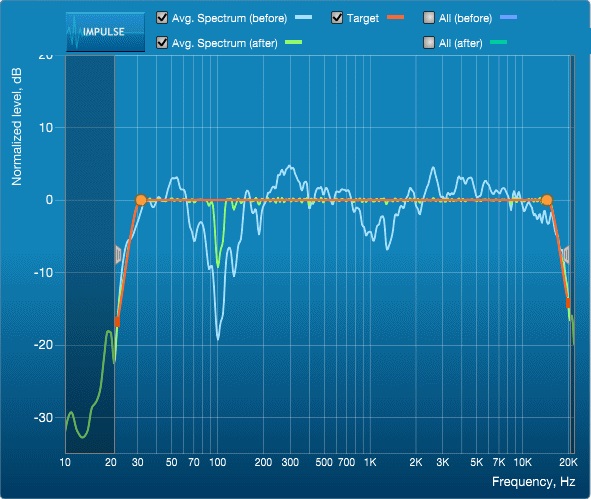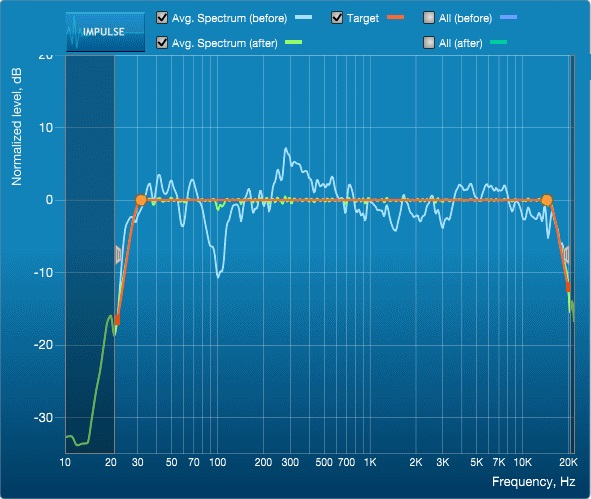
So I was skeptical of the Audyssey claims, and with the help of a local friend I measured his Audyssey system. This was back in 2007, and I shared my findings in the Audyssey Report on the RealTraps web site. As you’ll read there, pretty much all of the Audyssey claims were shown to be, let’s just say, an exaggeration.
In the years since, several other companies have jumped on the bandwagon offering room “correction” products, and a few speaker manufacturers have incorporated room EQ into their active models with claims ranging from modest to physically impossible.
When this comes up in audio forums I often show my Audyssey results disproving the claims. But sometimes people counter that room correction is much better now, and say modern versions really work as advertised. So clearly it was time to test again.
Please understand that all of these systems are just equalizers, no matter what fancy sounding terms the sellers may use. All acoustic problems are caused by reflections, and no amount of processing to an electrical signal on its way to the loudspeakers can counter everything that happens once the sound waves get out into the room.
Following is my analysis of measurement data from two rooms, plus an accounting of my own subjective experience.
Dirac
I installed Dirac on the main computer in my one-room home studio. As you can see in Figure 1, this room is large enough to record a small orchestra, which I’ve done many times.

The Dirac setup procedure guides you to measure nine locations in the room. One, of course, is the prime seat, and the rest are farther away depending on the room’s usage. All nine might be in the vicinity of a single seat, or spread out among several rows of seating in a home theater.
The setup software is clear, showing a picture of the room plus specific places for you to put the microphone for each measurement. Measuring multiple locations allows the software to average the responses to ensure that no one frequency is boosted or cut too much. So far so good.
After running nine sweeps for each loudspeaker, Dirac presented graphs showing the average measured and expected “corrected” responses.
Figures 2 and 3 shows the averaged Before responses for the left and right speakers in blue, with the expected After responses in yellow. The red line is the idealized target response Dirac aims for based on each speaker’s natural high and low roll-off frequencies it measured.


You can see that both speakers have a substantial null at 100 Hz, with the left speaker being 10 dB worse. In both cases Dirac boosted 100 Hz by 10 dB. Over a few months of listening with and without Dirac engaged, my impression was that Dirac over-compensated for that main null, making the bass sound tubby.
